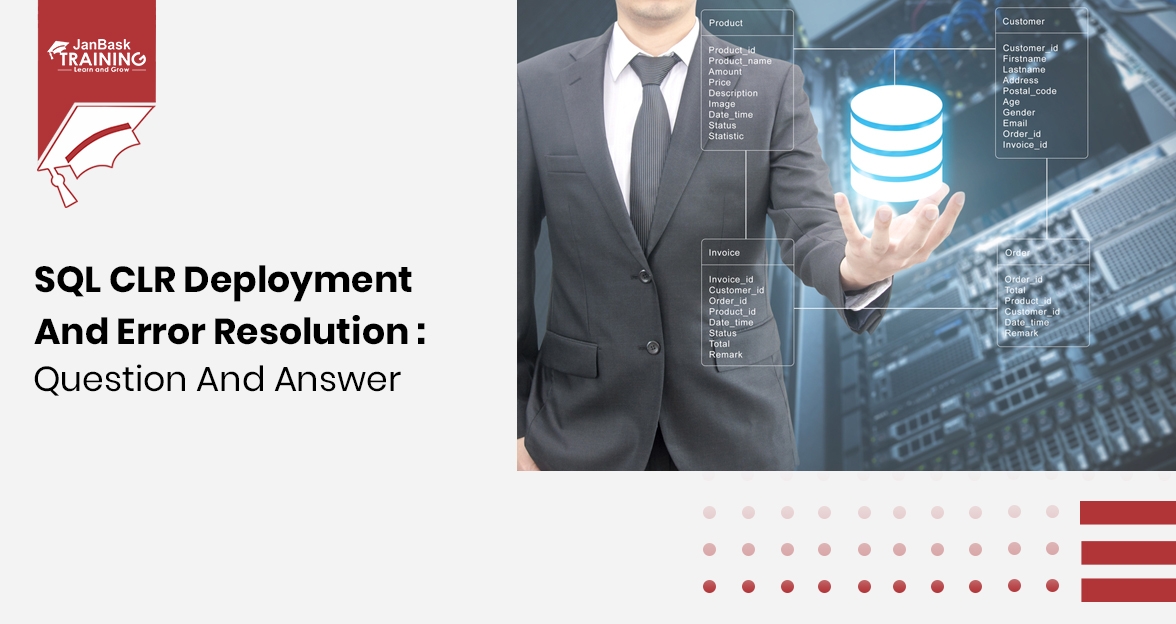 Grab Deal : Upto 30% off on live classes + 2 free self-paced courses - SCHEDULE CALL
Grab Deal : Upto 30% off on live classes + 2 free self-paced courses - SCHEDULE CALL

 Grab Deal : Upto 30% off on live classes + 2 free self-paced courses - SCHEDULE CALL
Grab Deal : Upto 30% off on live classes + 2 free self-paced courses - SCHEDULE CALL

Ans: SQL Server Audit is a powerful security feature that allows tracking of virtually any server or database actions taken by users. These activities can be logged to the file system or the Windows event log. It helps meet the security requirements of regulatory compliance standards and is available in certain editions of SQL Server.
Ans: To create an audit object, you use the "CREATE SERVER AUDIT" statement. This initial step defines a location for SQL Server to record significant events. After creating the audit object, you can specify the events to be tracked by creating audit specifications.
Ans: An audit object is initially created in a disabled state. To enable it, you use the "ALTER SERVER AUDIT" statement. You can't create and enable an audit object in a single action using the "CREATE SERVER AUDIT" statement.
Ans: You can rename an audit object using the "ALTER SERVER AUDIT" statement with the "MODIFY NAME" clause. However, before renaming, the audit must be disabled.
Ans: Auditing options are significant settings available for audit objects. These options are declared after the "WITH" keyword in the "CREATE SERVER AUDIT" or "ALTER SERVER AUDIT" statements.
Ans: The "QUEUE DELAY" option controls the synchronous or asynchronous behavior of audit processing. When set to zero, synchronous auditing occurs. A value of 1000 or higher enables asynchronous processing for improved performance.
Ans: When creating the audit object, you can specify the "QUEUE DELAY" setting. To modify this setting for a running audit object, you must first disable the audit, make the change, and then re-enable the audit.
Ans: The "ON FAILURE" option specifies what SQL Server should do if an error occurs while recording audited events. It has options like "CONTINUE" (default), "FAIL OPERATION," and "SHUTDOWN."
Ans: The "AUDIT GUID" option allows you to assign a specific GUID to an audit, which can be useful in mirroring scenarios. Once created, the GUID value of an audit object cannot be changed.
Ans: The "STATE" option, supported by the "ALTER SERVER AUDIT" statement, enables or disables an audit object. It cannot be used in conjunction with other audit options in the same statement.
Ans: You use the "TO FILE" clause to store audits on the file system. It allows you to specify where the audited events should be recorded.
Ans: The "FILEPATH" option allows you to specify the location in the file system where SQL Server should create the files recording audited events. Proper directory permissions are essential, and the audit name and audit GUID are used to generate file names automatically.
Understanding SQL Server Audit is essential for robust database security and compliance. This powerful feature allows organizations to track user actions, meet regulatory standards, and enhance their overall security posture. By creating and managing audit objects, enabling key options, and utilizing advanced settings, businesses can maintain a comprehensive audit trail of significant events. Expanding your knowledge of SQL Server Audit through online courses and certifications can empower you to take control of your database security.

SQL Server MERGE Statement: Question and Answer


Mastering INSERT and OVER DML Syntax: Interview Questions Guide

SQL CLR Deployment and Error Resolution: Question and Answer

Cyber Security

QA

Salesforce

Business Analyst

MS SQL Server

Data Science

DevOps

Hadoop

Python

Artificial Intelligence

Machine Learning

Tableau
Download Syllabus
Get Complete Course Syllabus
Enroll For Demo Class
It will take less than a minute
Tutorials
Interviews
You must be logged in to post a comment